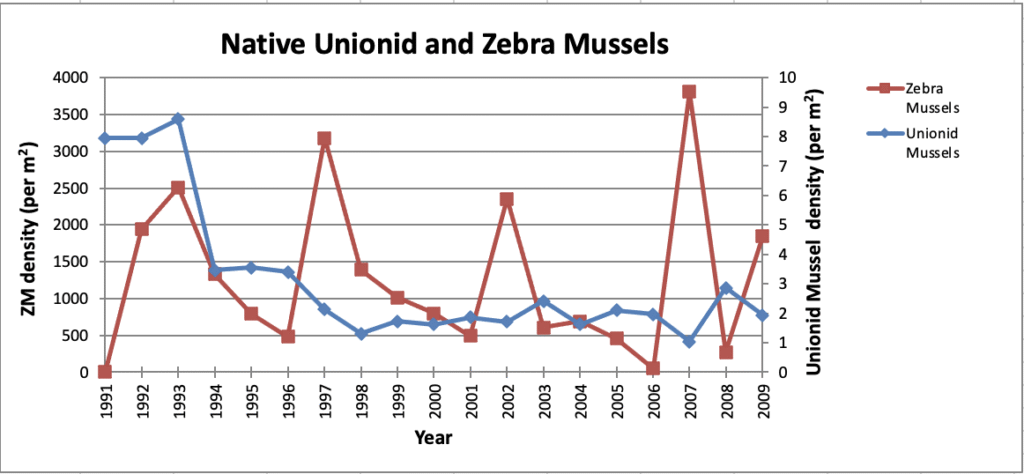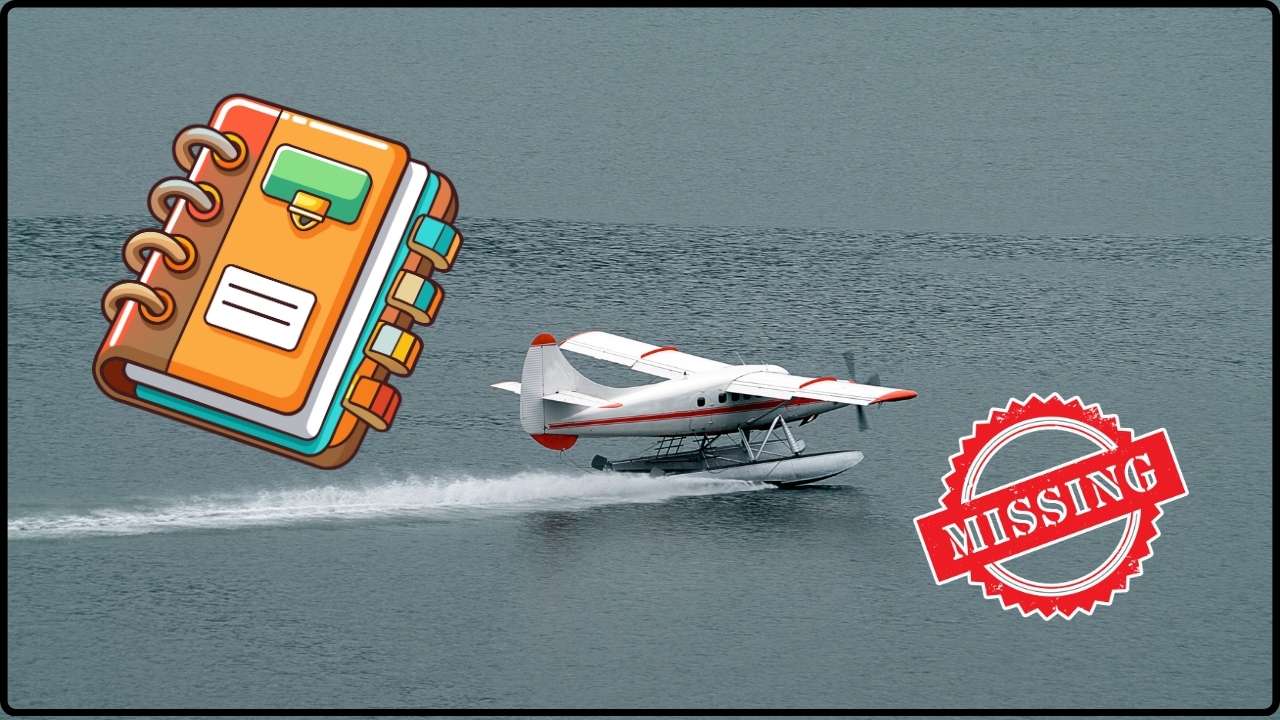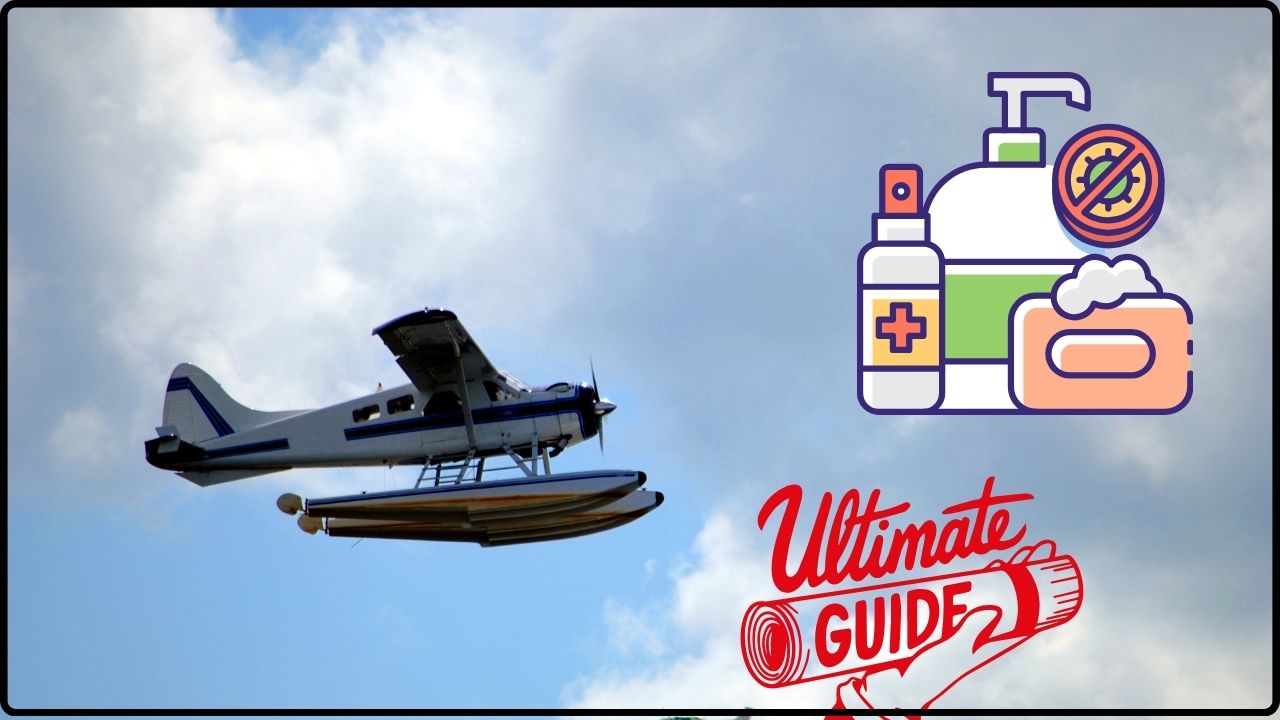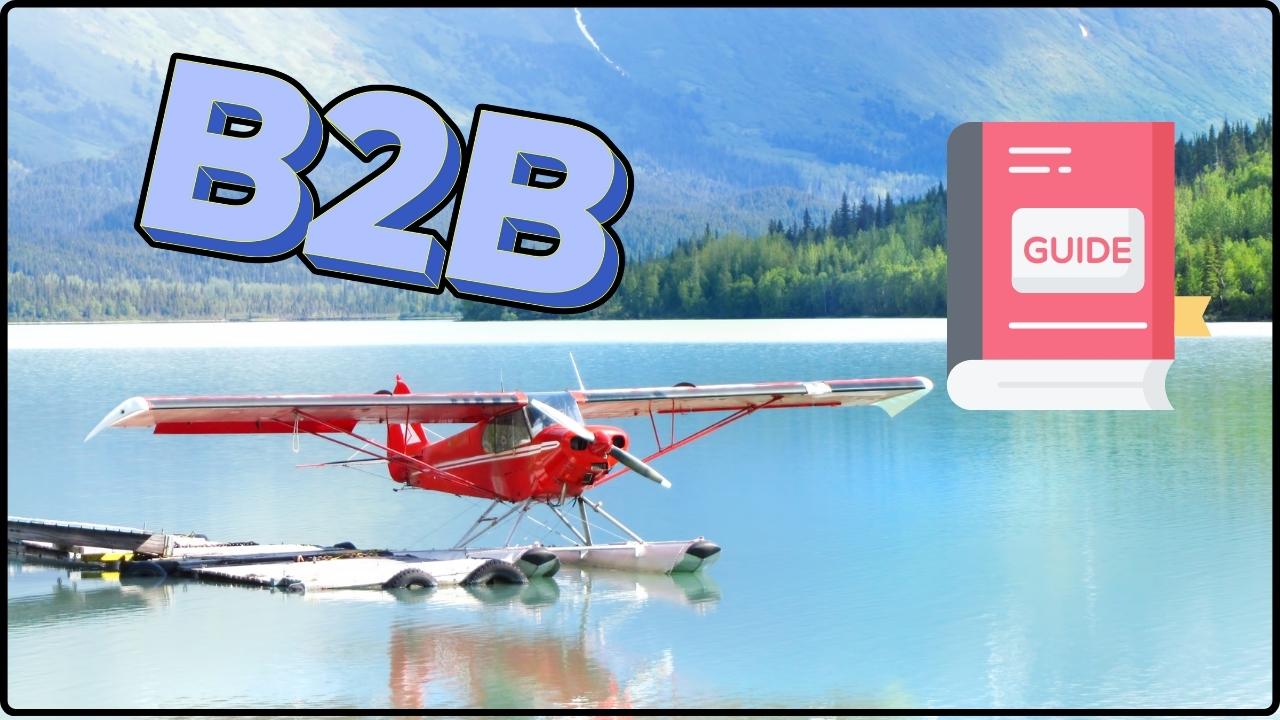
The 5-Day Rule: When you hit the water with your float tube, kayak, or any other float gear, you want to keep the good times rolling and the waters clean, right? Well, here’s the lowdown—the 5-Day Rule about drying your floats is one of the simplest yet most powerful moves you can make to protect our lakes, rivers, and ponds from aquatic invasive species (AIS). This rule, backed by conservation pros and water safety experts across the US, says you need to dry your float completely for at least five days before taking it into a new water body. It’s science-based, easy to stick to, and super effective.
Whether you’re a weekend adventurer, seasoned angler, or just float for kicks, knowing why and how to follow this rule lets you do your part to save these waterways for the long haul. Let’s break down what the rule is all about, why it matters, and how to make it part of your water routine.
Table of Contents
The 5-Day Rule
The 5-Day Rule for drying floats is your frontline defense against aquatic invasive species. Supported by science and widely recommended by federal and state agencies, drying your gear for at least five days starves out the hitchhiking invaders and protects US waterways. Combined with cleaning and draining, this simple, disciplined routine safeguards ecosystems, saves money, and preserves your fishing and floating fun. Next time you wrap up on the water, remember to clean, drain, and then dry thoroughly—the five-day wait keeps our waters wild and thriving.
| Key Point | Details |
|---|---|
| What is the 5-Day Rule? | Dry all your floats and water gear completely for at least five days before use in new waters. |
| Why It Works | Most invasive species, like zebra mussel larvae, can’t survive extended dry periods. |
| Legal Backing | Many states require Clean, Drain, Dry practices to prevent invasive species spread. |
| Effective Dry Time | Minimum 5 days; longer in cold or humid weather. |
| Additional Measures | Clean your gear of plants, mud, and organisms before drying. |
| Broader Prevention | Clean, drain, dry is part of a national effort supported by monitoring and quick response. |
| Official Resources | U.S. Fish & Wildlife Service: Clean Drain Dry Program |
What Are Aquatic Invasive Species and Why Should We Care?
Aquatic invasive species (AIS) are non-native plants, animals, and microorganisms that hitch rides on floats, boats, and gear, often unnoticed by the user. Once introduced into new lakes or rivers, these invaders can multiply quickly and cause serious damage. They choke out native plants, eat fish eggs, clog water intake pipes, and disrupt the whole aquatic ecosystem. In the US alone, invasive species cost billions of dollars every year in damage control and lost recreational and commercial activity.
Some of the most notorious invaders include zebra mussels, quagga mussels, Eurasian watermilfoil, and spiny water fleas. These species are incredibly adaptable and multiply rapidly once they establish themselves, making them extremely hard to control or eradicate.
Zebra mussels, for example, start life as microscopic larvae that float freely in water for up to several days, making them particularly easy to spread via boats and floating gear that aren’t properly cleaned and dried. These tiny larvae or plant fragments can cling to moist surfaces, hidden inside compartments or seams of your float tubes and other gear.
The risk is real: once invasive species establish, they degrade water quality, damage fisheries, affect tourism, and even threaten your fishing or floating adventures. Stopping these invaders at the door is critical, and that’s exactly where the 5-Day Rule comes in.

The Science Behind The 5-Day Rule: How Drying Saves Waterways
The science behind the 5-Day Rule is straightforward but powerful. Most aquatic invasive species cannot survive without moisture for extended periods. Drying your float gear thoroughly and completely for at least five days starves any hitchhiking larvae, eggs, or plant fragments, effectively preventing them from surviving the move to a new water body.
Why exactly five days? Research and agency guidelines agree that this time frame is enough to kill off the majority of invasive life stages, especially under warm, sunny conditions. For instance:
- Warm, dry conditions accelerate drying and kill aquatic hitchhikers faster.
- Cool or humid environments may require longer drying times, sometimes up to two weeks or more.
- Hidden moisture in seams or compartments can shield small organisms, so thorough draining and airing out is essential.
If you can’t wait the full five days, hot water pressure washing above 104°F (40°C) is an effective alternative, albeit harsher on gear and less convenient.
Extensive studies conducted by agencies like the U.S. Fish & Wildlife Service and state natural resource departments back this guidance. They confirm that five days is a sweet spot for reducing invasive risks while being practical for recreational users.
How to Properly Dry Your Floats: Step-by-Step Guide 5-Day Rule
For drying to be effective, thoroughness is the name of the game. Here’s a detailed process to make sure your floats are cleared of unwanted hitchhikers:
- Clean your gear thoroughly. Before drying, rinse off all visible mud, plants, algae, and debris. Use a brush to scrub hard-to-reach areas, including seams, zipper pockets, valves, and inflatable bladders if accessible. Remember, any organic material left on the surface can harbor invasive species.
- Drain all standing water. Pull out all drain plugs, valves, and openings. Tip or shake your floats and tubes to drain hidden water from compartments, foot wells, or under cushions. Check for water trapped in handles, straps, or under mats on trailers.
- Set your gear out to dry completely. Find a sunny, well-ventilated spot. If possible, open any bladder valves and unzip compartments to expose internal areas to air and sunlight. Drying inside and out is crucial because moisture indoors or inside pockets can protect invaders.
- Wait a full five days—or longer in unfavorable weather. Even if the gear feels dry, wait the recommended period to ensure all moisture is gone and invasive organisms perish.
- Optional: Hot water pressure wash. If drying isn’t feasible due to weather or time constraints, a hot water wash (above 104°F) can substitute but should be done carefully to avoid damaging the gear.
Clean, Drain, Dry: Your Best Defense Routine
The Clean, Drain, Dry mantra is the gold standard promoted by natural resource agencies nationwide:
- Clean: Remove all visible plants, animals, mud, and debris from your gear.
- Drain: Empty all water from compartments, live wells, bilges, and the gear itself.
- Dry: Let everything dry fully for at least five days or longer depending on conditions.
This routine isn’t just for floats—it applies to all watercraft, trailers, fishing gear, boots, waders, anchors, nets, and accessories. Consistently following this process significantly reduces the risk of moving invasive species between waters.
Broader Prevention Efforts: Monitoring, Education, and Rapid Response
The 5-Day Rule is part of a larger national and regional battle against aquatic invasive species involving:
- Ongoing monitoring and early detection: Agencies use advanced tools including environmental DNA (eDNA) sampling to detect invasive species early.
- Public education and outreach: Campaigns like Clean, Drain, Dry educate millions of boaters and anglers about responsible practices.
- Policy and enforcement: Many states enforce AIS prevention laws, conduct inspections at boat ramps, and regulate the movement of aquatic plants and animals.
- Rapid response and control: When new invasions are detected, teams act quickly to contain and eradicate invasive populations before they spread further.
Working together, individual actions like drying your float gear and larger agency efforts form a strong defense protecting the nation’s waterways.
Why You Shouldn’t Skimp on the 5-Day Rule?
Time and time again, invasive species spread because folks either don’t know or don’t follow proper cleaning and drying practices. Skipping the 5-Day Rule or rushing it drastically increases the odds of spreading harmful organisms that can devastate ecosystems.
Imagine the 5-Day Rule as your commitment to the neighborhood watch—you’re looking out for the health of your local waters and everyone who uses them. By patiently waiting those five days, you starve the invaders out and help avoid costly and difficult infestations downstream.
Extra Tips to Keep Your Gear and Waters Safe
- Store your float gear off the ground after drying to prevent recontamination from soil or pests.
- Avoid sharing your gear without thorough cleaning and drying to prevent cross-water contamination.
- Cover gear during transport to protect it from dirt and moisture.
- Dispose of bait and aquatic plants properly, never releasing them into the wild.
- Stay informed about local invasive species threats and regulations.
- Engage your community by spreading awareness of AIS prevention.
The Larger Picture: Protecting Our Water Heritage
Waterways are the lifeblood of communities—providing drinking water, recreation, irrigation, and habitat for wildlife. AIS threaten these resources, reducing biodiversity, degrading ecosystems, and impacting local economies.
Following the 5-Day Rule and Clean Drain Dry practices is a small step with a huge impact. It helps keep our waters clean, fish plentiful, and ecosystems balanced for future generations to enjoy fishing, floating, and all water activities.
















![Case Study: How [Lake Association] Partners with Pilots to Stop AIS](https://seaplanesandais.com/wp-content/uploads/2025/11/Case-Study-How-Lake-Association-Partners-with-Pilots-to-Stop-AIS.jpg)
